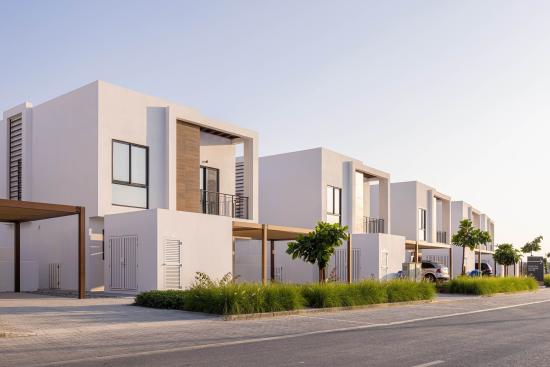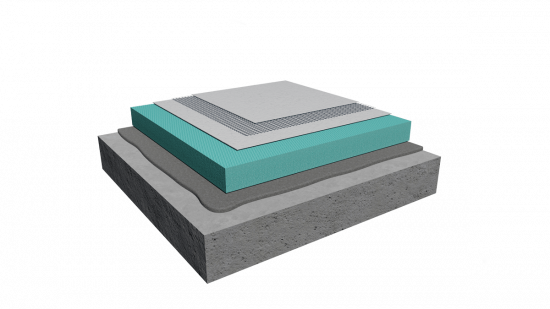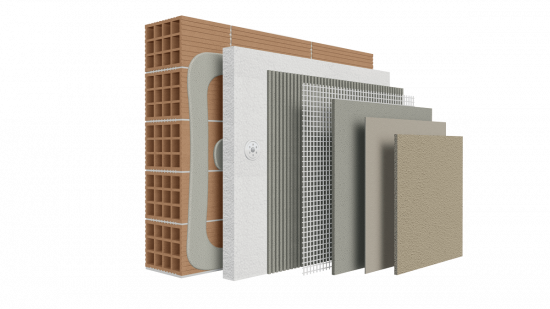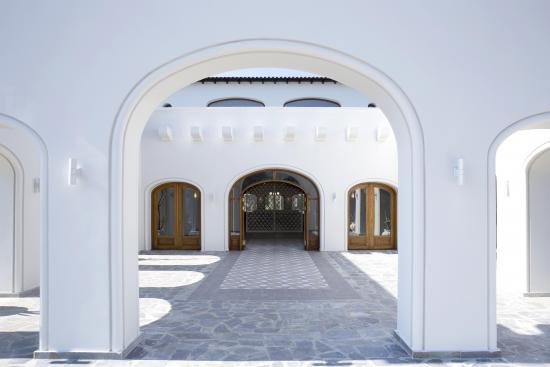Home external thermal insulation and fire protection

All you need to know about how the intervention in a certified external thermal insulation system can protect your home from disaster, in the form of an unexpected fire.
Fires are responsible for burning down hundreds of houses each year. These disasters are commonly caused by forest and suburban fires that pose a direct threat to the major asset of any individual: their houses.
In our country, a modern fire protection code is in force. This sets out the requirements and measures to be implemented on buildings, in order to protect individuals; control the spreading of fires; and provide protection to buildings.
Alongside efforts made in recent years by the government (to assist in prevention, information and more efficient fire detection and fire fighting), there is a factor, often going unnoticed, which can aggravate or contain the outcome of a fire. This is the passive fire protection of homes. It refers to the fireproof or flammable properties of the building materials that comprise the building’s external parts, in other words materials used in building construction. Perhaps this is the answer to the “mystery” why the same fire may result in burning down a house, while another building next to it comes out unharmed. In simple terms, external walls, wooden rooftops and the insulating materials used in a building shell, are the key to the behaviour of the house in an eventual fire.
Depending on their chemical composition, these materials can offer fire protection and a kind of fire safety, or, in the contrary case, they can become the igniter that will trigger the burning down of the specific house. Hence, when investing in the thermal insulation of homes, designing their energy upgrade (in the course of renovation or construction works), we need to consider this factor as well. Thermal insulation should contribute to fire protection. It should act as a shield against the fury of fire.
Categories of building material behaviour in fire
With respect to behaviour in fire, building materials are classified in two major categories:
A: Non-flammable (e.g. Concrete, steel, marble)
B: Flammable (e.g. Wood, plastic)
When flames attack the external surface of walls, those walls made from non - combustible materials will not ignite, and fire cannot easily advance. Generally, concrete is considered to be non-flammable. Extreme circumstances and severe fires lasting several hours should occur, to provoke the detachment and collapse of external layers. Steel is also non-flammable, although not at the level offered by concrete. That means that following a certain period of sustained fire, steel can collapse as well. Eventually, the degree of ignition against fore of materials such as wood and plastic is different; however, the end result will not change.

Categories of thermal insulation material fire performance
According to International and European Standards that apply to behaviour in fire (EN 13501-1), the thermal insulation materials are classified as follows:
A1: Fire resistant materials (e.g. mineral wool)
A2: Near fire resistant materials (e.g. ETICS with mineral wool and organic coating)
B: Combustible materials that may burn but are not easy to ignite (e.g. ETICS with foam insulation materials and fireproof coating)
C: Combustible materials inferior to those under Β category
D: Combustible materials inferior to those under C category
E: Combustible, easily ignitable materials (e.g. foam insulation materials with fire retardant additive)
F Flammable materials
It is understood that selection of any material other than the first two categories (Α1 and Α2) compromises the house’s safety in an eventual fire incident.
Fire performance of mineral wool
Particular reference should be made to mineral wool. It is an inorganic fibrous material, and is paramount in BIOCLIMA external thermal insulation systems. It is considered to be a first-class non-combustible material, with superior resistance to fire. A remarkable feature is that mineral wool starts to soften at temperatures above 1.000 °C (note: the time required to attain this temperature exceeds two hours); the respective temperature for foam insulating materials is only 70 °C. Furthermore, mineral wool does not emit vapours and has demonstrated its strength, even under extreme conditions. It should be further noted that mineral wool offers sound proofing features, resulting in a quiet home environment and satisfactory sound protection.

The importance of an integrated external thermal insulation system
The above indicate that the application of a modern external thermal insulation system can provide comprehensive benefits to a building’s fire protection. Such a system family is BIOCLIMA ClimaWall. When applied in specific sequences of layers, they can provide an external house cover, offering thermal insulation as well as protection against eventual fire incidents. All ClimaWall systems as well as individual products, have been assessed for their fire performance, according to European Standard EN 13501-1. They have demonstrated best possible performance in each category, thus providing buildings with enhanced passive fire protection. That’s why they deserve to be considered among your options.









